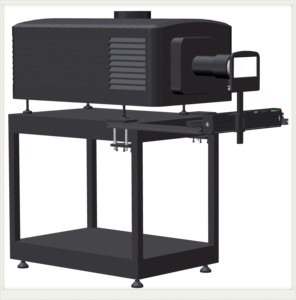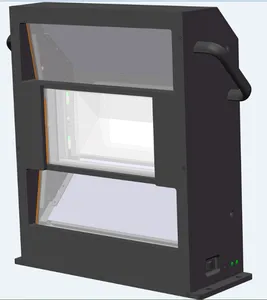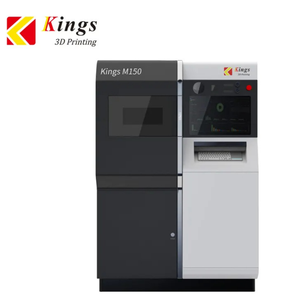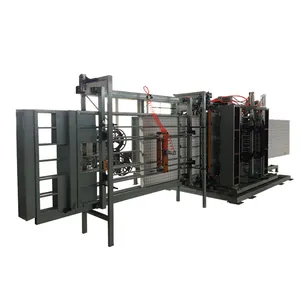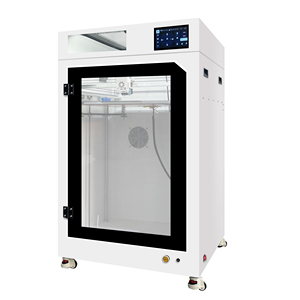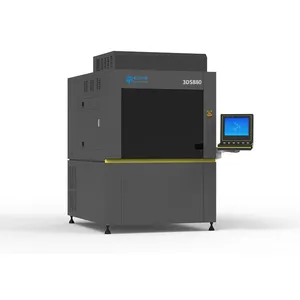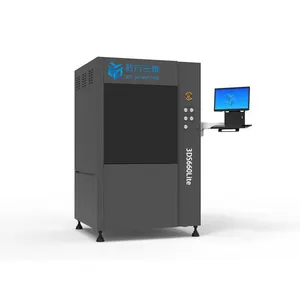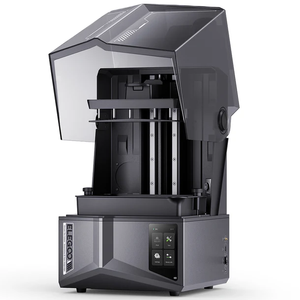Vsp 3d Systems







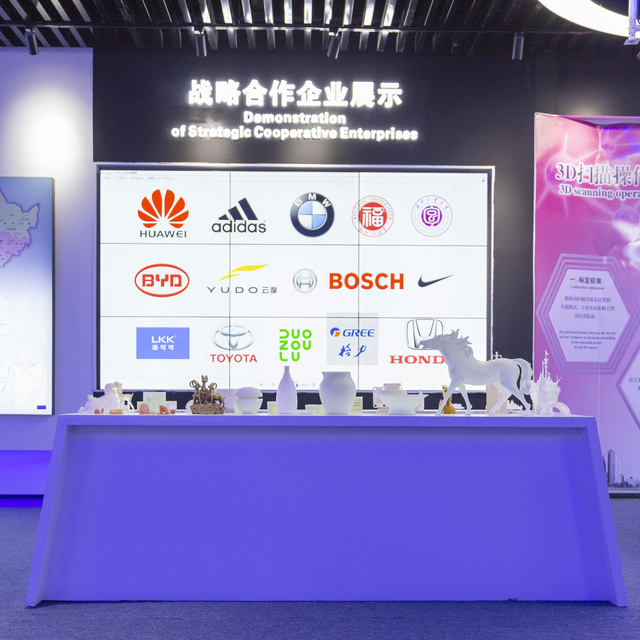






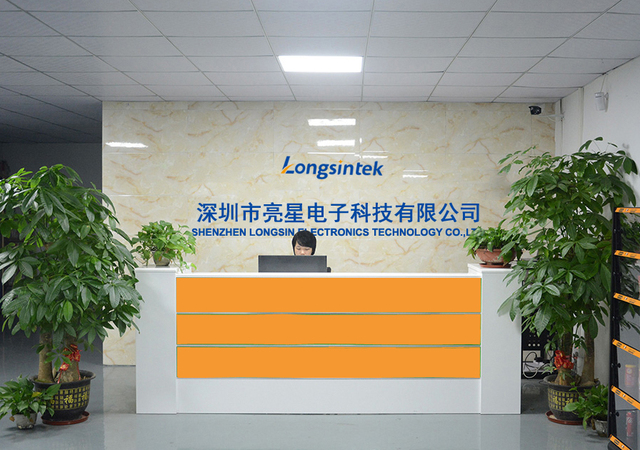











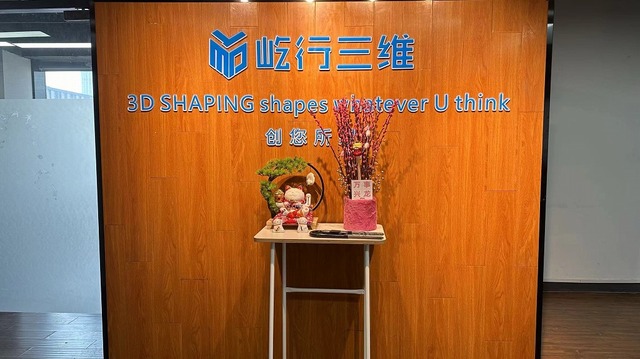











About vsp 3d systems
Where to Find VSP 3D Systems Suppliers?
China remains the central hub for manufacturing and exporting advanced 3D systems, including Visual Simulation Processing (VSP) solutions, with key production clusters concentrated in Shenzhen and Guangzhou. These regions host vertically integrated supply chains combining optical engineering, VR/AR hardware development, and precision electronics assembly. Shenzhen specializes in passive 3D modulators, home theater integration, and compact optical systems, leveraging proximity to semiconductor and display component suppliers. Guangzhou focuses on immersive entertainment-grade 3D simulation platforms, particularly for commercial cinema, gaming, and theme park applications.
The industrial ecosystem enables rapid prototyping and scalable production, supported by localized access to polarizing films, infrared emitters, synchronization modules, and embedded control units. Manufacturers benefit from consolidated logistics networks and mature export infrastructure, achieving lead times of 15–30 days for standard configurations. Buyers gain cost advantages through optimized material sourcing, with production costs averaging 20–40% below Western counterparts. Customization is widely available across form factors, signal protocols, and power specifications, accommodating both residential and industrial deployment scenarios.
How to Choose VSP 3D Systems Suppliers?
Selecting reliable partners requires structured evaluation across technical, operational, and transactional dimensions:
Technical Capability Verification
Confirm supplier expertise in active/passive 3D technologies, including support for polarization-based, IR-synchronized, or shutter-glass systems. Review product specifications for compatibility with DLP, LCD, or laser projection platforms. For commercial installations, verify compliance with electromagnetic interference (EMI) standards and low-latency frame synchronization (<6ms). While explicit ISO or CE certifications are not listed in available data, prioritize suppliers demonstrating robust R&D output and consistent product iteration.
Production and Customization Capacity
Assess scalability through measurable indicators:
- Facility size and monthly output capacity (inferred from online revenue and listing volume)
- Customization breadth: options for screen integration, wireless transmission, multi-user support, and safety features (e.g., emergency stop, motion stabilization)
- In-house design and firmware development capabilities, particularly for VR/AR-enabled systems
Cross-reference supplier claims with actual product range diversity and pricing tiers to validate technical depth.
Transaction Reliability Metrics
Utilize performance indicators such as on-time delivery rates (all listed suppliers report 100%), response time (ranging from ≤4h to ≤12h), and reorder frequency. Higher reorder rates suggest customer satisfaction and post-sale support effectiveness. Prefer suppliers with verifiable online transaction histories and transparent communication channels. Conduct sample testing to evaluate build quality, synchronization accuracy, and thermal stability under continuous operation.
What Are the Best VSP 3D Systems Suppliers?
| Company Name | Location | Main Products | Online Revenue | On-Time Delivery | Avg. Response | Reorder Rate | Product Range (Listings) | Price Range (USD) |
|---|---|---|---|---|---|---|---|---|
| Shenzhen Hony Optical Co., Limited | Shenzhen, CN | VR Hardware, Home Theater Systems, Sunglasses | US $3,000+ / US $20,000+ | 100.0% | ≤10h / ≤12h | <15% / 18% | 96 / 70 | $500–$3,800 |
| Guangzhou Infinity Technology Co., Ltd. | Guangzhou, CN | VR Simulators, 3D Cinema, Immersive Gaming | US $110,000+ | 100.0% | ≤4h | 33% | Multiple VR Solutions | $6,000–$18,000 |
| Shenzhen Weijia Biotechnology Co., Ltd. | Shenzhen, CN | Night Vision, Binoculars, AR Hardware | US $9,000+ | 100.0% | ≤8h | 25% | 291 (Night Vision) | $109–$118 |
| Shenzhen Jinshi 3d Printing Technology Co., Ltd. | Shenzhen, CN | Industrial 3D Printers, SLM Systems | Not disclosed | 100.0% | ≤8h | Not disclosed | 144 (3D Printers) | $78,000–$1,480,000 |
Performance Analysis
Shenzhen-based suppliers dominate mid-range 3D system production, offering competitive pricing and strong specialization in passive optics and consumer-grade theater integration. Shenzhen Hony Optical presents a diversified portfolio with repeatable delivery performance, though lower reorder rates suggest room for improvement in long-term client retention. Guangzhou Infinity Technology stands out in high-end immersive systems, combining premium pricing with the highest reorder rate (33%) and fastest response time (≤4h), indicating strong service alignment with commercial clients. Shenzhen Weijia targets budget-conscious buyers with sub-$120 VR-centric 3D kits, suitable for educational or entry-level applications. Notably, Shenzhen Jinshi operates in an adjacent industrial segment—metal additive manufacturing—with high-value SLM systems that may integrate VSP controls but are not direct substitutes for visual 3D delivery platforms.
FAQs
How to verify VSP 3D systems supplier reliability?
Evaluate consistency in on-time delivery (target 100%), response speed (ideally ≤8h), and reorder metrics (higher than 20% indicates satisfaction). Request technical documentation including signal frequency specs, compatibility matrices, and power requirements. Validate claims through independent sample testing and video audits of production lines.
What is the typical lead time for VSP 3D systems?
Standard orders typically ship within 15–25 days after confirmation. Custom configurations involving unique polarization arrays, wireless sync modules, or enclosure redesigns may extend lead times to 35–45 days, depending on component availability and firmware development needs.
Can suppliers provide global shipping and customs support?
Yes, most established manufacturers offer international logistics via air or sea freight, with FOB or CIF terms. Confirm inclusion of export documentation, voltage adaptation (110V/220V), and compliance with regional EMC and electrical safety regulations prior to order placement.
Do suppliers offer customization for OEM or private labeling?
Extensive customization is available, including color schemes, branding labels, packaging design, and software interface modifications. Guangzhou Infinity Technology explicitly lists logo integration and patented game content as configurable options, indicating mature OEM support.
What are common MOQ and pricing structures?
Minimum Order Quantities typically start at 1 set for standard models. Entry-level 3D viewers begin at $109, while professional cinema-grade systems range from $2,500 to $3,800. Full-scale VR simulators with motion bases exceed $6,000. Bulk discounts are often negotiable for orders above five units, particularly for standardized SKUs.









